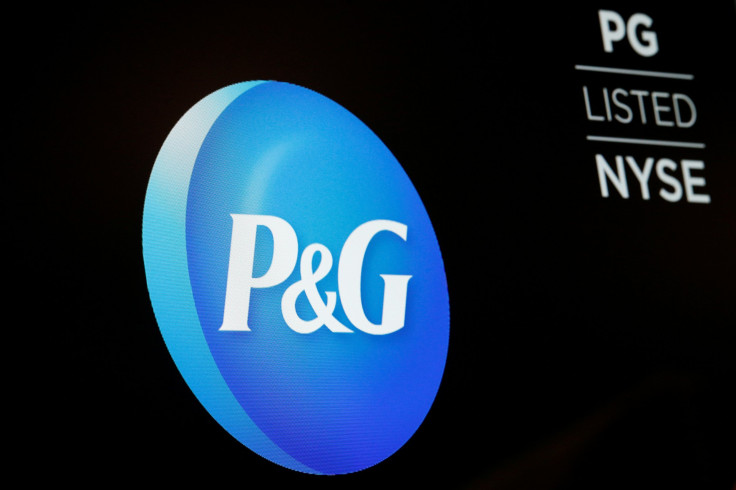How P&G Beats Inflation And Wins On Wall Street
Procter & Gamble Company (PG), a global leader in consumer branded and packaged products, reported "solid" financial results for the first quarter of the fiscal year 2023 in a "very difficult cost and operating environment," according to its board chairman and CEO Jon Moeller.
"These results enable us to maintain our guidance ranges for organic sales and EPS growth for the fiscal year despite continued significant headwinds," Moeller said in a statement following the release of the Q1 results.
First quarter fiscal year 2023 net sales came at $20.6 billion, an annual increase of one percent. However, EPS came at $1.57, a two percent decrease from last year.
These figures, which beat analysts' estimates, come amid a "difficult cost and operating environment" as Moeller put it, which means a couple of things.
One is the cost of goods inflation fueled by supply chain constraints, labor shortages, and a strong dollar. They have raised the cost of doing business across several industries affecting the second line and squeezing gross margins.
And two is consumer inflation, which has been squeezing family budgets, making it difficult for most companies to pass the higher cost of goods on to consumers through price hikes.
But not for companies with a portfolio of brand name products and an agile organization structure like P&G. This has allowed the company to build and maintain momentum even in challenging times.
"We remain committed to our integrated strategies of a focused product portfolio, superiority, productivity, constructive disruption, and an agile and accountable organization structure," Moeller explained. "These strategies have enabled us to build and sustain strong momentum. They remain the right strategies to navigate through the near-term challenges we're facing and continue to deliver balanced growth and value creation."
Chelsea Wiater, Portfolio Manager at EFG New Capital, was impressed with the company's performance.
"Despite high commodity and transportation costs, significant FX headwinds, and inflation in the supply chain and across the P&L, P&G reported results that were better than feared across both the top- and bottom-line," she told International Business Times. "It quelled anxious investors' fears that the company would lose significant market share amidst the deteriorating macroeconomic conditions experienced in Fiscal 1Q."
Over the years, P&G has built several advantages to cope with challenging times and be a winner in the consumer-branded and package products retail space.
One of these advantages is branding, development, and the marketing of high-quality products, like Head & Shoulders shampoo, Tide detergent, Pampers, Gillette, and Venus. In addition, they allow the company to charge premium prices over the competition and pass on higher production costs to consumers, as was the case last year.
Another advantage is scale, the cost benefits associated with an extensive production size across product lines—lower costs. For instance, P&G's annual sales are 10 times higher than Clorox's.
A third advantage is scope, the cost benefits associated with selling many products (over 2,000) through the same distribution channels, also helping the company cut costs. Moreover, scale and scope have provided P&G with the bargaining power to place its products with major retailers like Walmart and Target.
P&G's advantages have allowed the company to allocate capital effectively, as evidenced by a rising Economic Value Added (EVA), which stands at 8 percent, according to Gurufocus.com estimates.
Wall Street has noticed P&G's advantages. Over the last five years, its shares have gained 41 percent compared to a 37 percent gain from the S&P 500.
Disclosure: The author owns shares of P&G.

© Copyright IBTimes 2025. All rights reserved.






















